Harvestman
Spider Sundays #1
— Wanderer —
🕷 Scientific name: Opiliones
🕷 Endemic to: Everywhere except Antarctica
🕷 Order: Opiliones
Daddy long-legs, Shephard spider, reaper spider… whatever you call it, it’s not actually a spider.
Harvestman comprise the order opiliones, hailing from an ancient branch of Arachnida which also consists of solifugae (camel ‘spiders’) and ricinulei (hooded ‘tick’ “spiders”). None of these creatures are technically spiders, and pop science publications often like to say that ackhthually Harvestman are more closely related to scorpions. This is true, but it’s is a poor reference point; Harvestman are nothing like scorpions. And since taxonomists are full of shit and no one cares what a ricnuleid is, if it looks like a spider, it’s good enough for Spider Sunday.
That’s not the end of the naming trouble, I’m afraid. Growing up, my folks called these spindly little things “daddy long-legs,” a name that happens to be used for the cellar spider (a true spider) and several species of spindly-legged crane flies (insects). Hence, I’ll be calling today’s subject by its true name — Harvestman — despite it being less well known.
Almost everyone has seen one of these little shits - they’re ubiquitous. They can be found on six continents and live almost anywhere there’s a plant. Unforgettably, their silhouette looks like a 4 y/o’s drawing of a spider. While their true-spider cousins are characterized by their obvious two-tagmata body plan — having a ‘head,’ ‘butt,’ and distinct ‘waist’ — Harvestmen have no such segmentation, i.e. they have no waist. This results in the the very unsexy oval-with-eight-legs shape that makes them famous. It’s a like a Ford Focus: ugly, but if it ain’t broke….
Opiliones fossils can be very old. Analysis of the rare intact specimen suggests that basically nothing has changed about them since their divergence from the rest of Arachnida. The most recent studies place the origin of recognizable Harvestman over 100 million years before real spiders ever showed up. They might even predate the silk gland, as Harvestman cannot spin webs, but they make up for it with a bunch of other freaky adaptations.
This silkless detail begs the question: if it can’t spin webs, how does it feed itself? Since its beady little eyes are too primitive to form images, it basically just feels its way around and munches on whatever it can find. Some Harvestman species are interested in ambush hunting, and most insects are stupid enough for that to actually work. Others eat poop. But most are scavengers, eating whatever piece of dead meat they can find. When it comes to eating, Harvestmen do actually have a one-up on their spider cousins: an actual, chomping mouth. While spiders live off an entirely liquid diet — having to juice-box-slurp their prey’s guts out, Harvestman can bite down on things and digest solid food.
Sensorially, Harvestmen are mostly aided by their legs. While some exquisitely stupid-looking species are stubby, most others are really packing (hence: “daddy long-legs”). The second pair of legs in particular is usually longer than the other ones, primarily useful as feelers instead of locomoturs. Harvestmen have also been observed to clean their legs by running them through their jaws.
The most interesting bit about the Harvestman is its “defenses.” The little guys are a bite-sized bug dumpling on eight toothpicks, so they have a ton of predators (above image related). Over their 450 million year existence, the 6500-some species of Harvestman have developed many ways of trying not to get eaten. These include:
Camouflage and mimicry
Freezing in place. Don’t ask me how it works.
Playing dead. Also don’t ask.
Retaliating. Some species are armed with nasty spines on their limbs and body.
When clinging to a vertical surface, the drop-and-run technique.
In some species, stridulation, which is the same thing crickets do to make sound.
Autotomy, that is, voluntarily losing a limb to escape danger.
Farting really hard.1
Watching YouTube on the bus at full volume.
My favorite Harvestman “defense” mechanism, though, is bobbing, which is exactly what it sounds like. Looks ridiculous and not scary at all.2 How is that supposed to scare a predator? Answer: it’s not. Not on its own.
Some species of Harvestman engage in gregarious behavior — they flock together. You might see where this is going. Most gregarious species hang out in light parties of several hundred, but some others like to mosh up into densely packed clods with tens of thousands of members in an burlap-esque clump of bug mass called an aggregate. Aggregates are unrecognizable for what they actually are, and found in little rock crannies or even on vertical surfaces. The innocent passerby might mistake an aggregate for weird moss or something… until they disturb it. In tandem with the drop-and-run technique, the Harvestman’s bobbing response to danger creates the illusion of a single, convulsing, hairy organism.
All things considered, the Harvestman is a very misunderstood creature. They’re common in the Appalachia woods where I grew up, and almost everything I was told about them is wrong. For instance, they are not the most venomous animal in the world — in fact they have no venom glands at all. They are generally skittish, very simple, can’t pierce human skin, and outside of smelling bad sometimes, they are harmless in every way.
I always found their toddling scamper endearing, too. They’re a fascinating creature, and close up it’s easy to see that it’s very different from a spider. Though it has a lot of tricks up its sleeve, Harvestman generally prefer to just run away from the commotion, and with legs like that, it’s hard to blame them.
This is a fact
Though, this was probably a reaction of sheer disgust of the two whores passing behind it





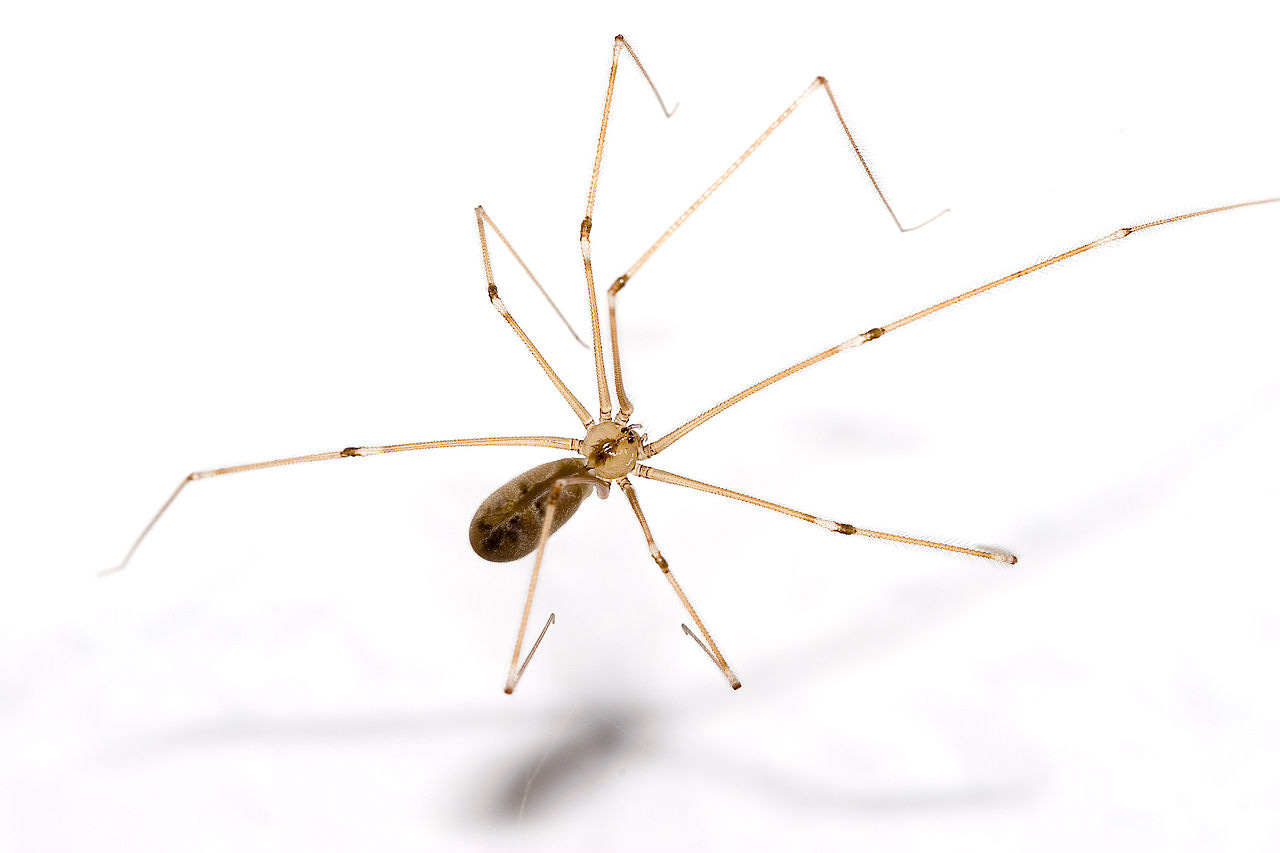

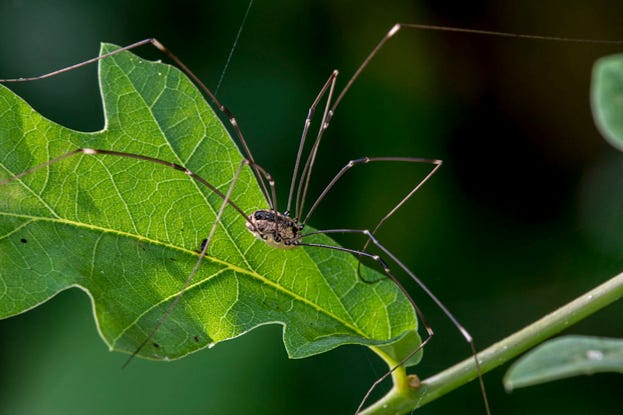

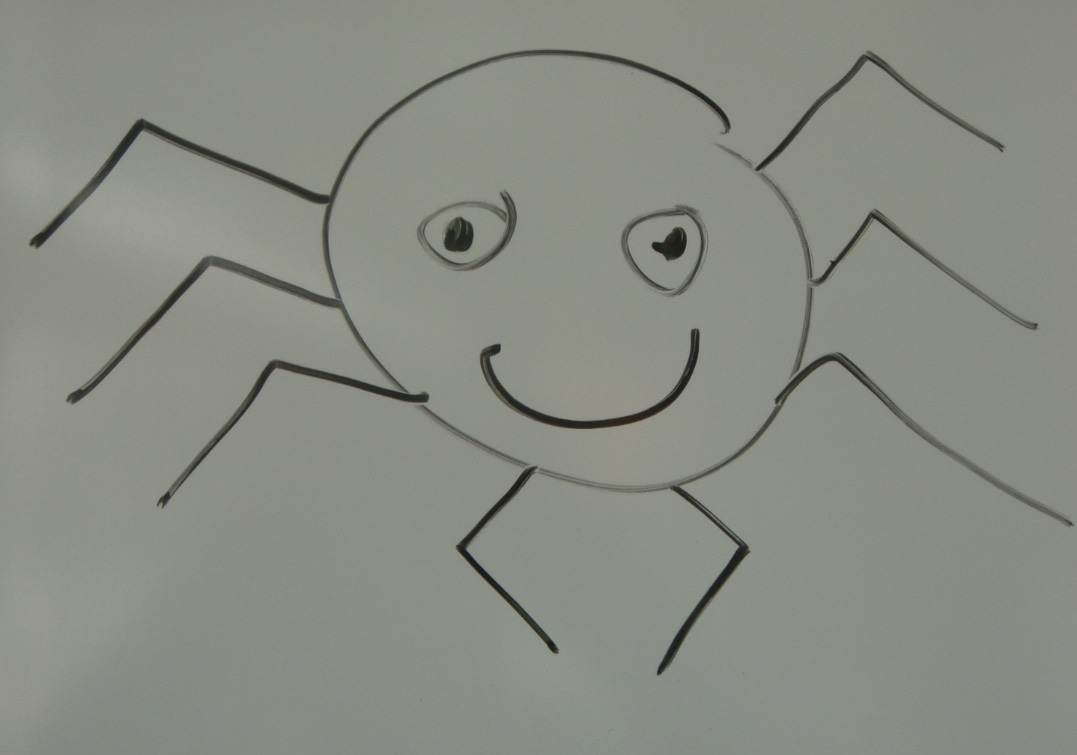
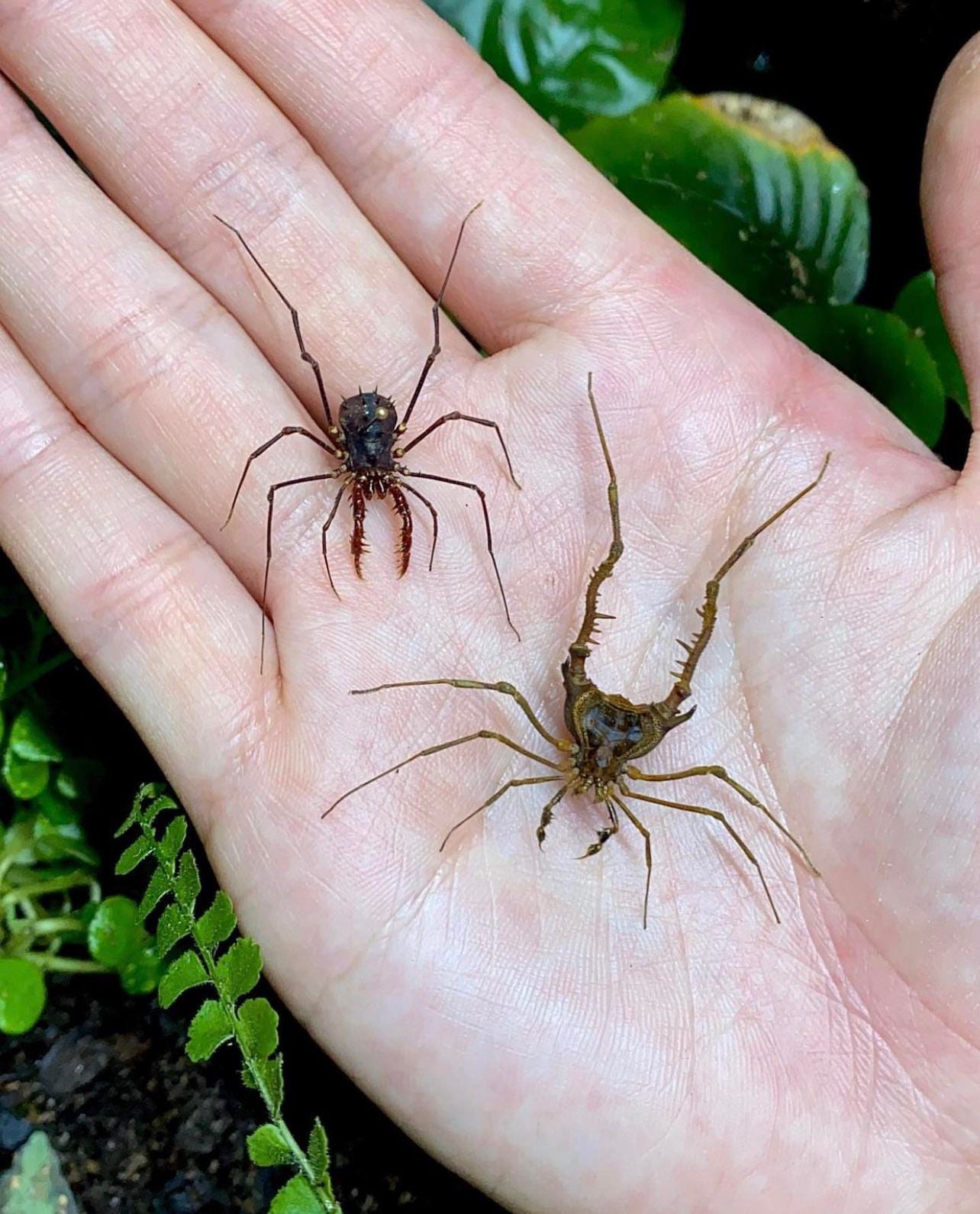






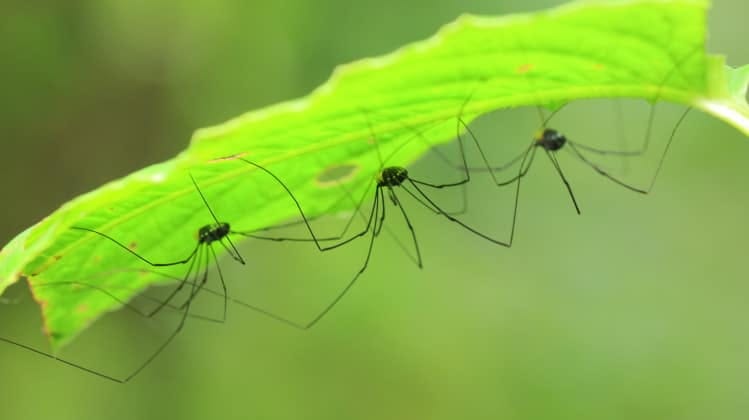
I like that you can embed videos in these posts now that they're on substack
Such goofy looking fellas